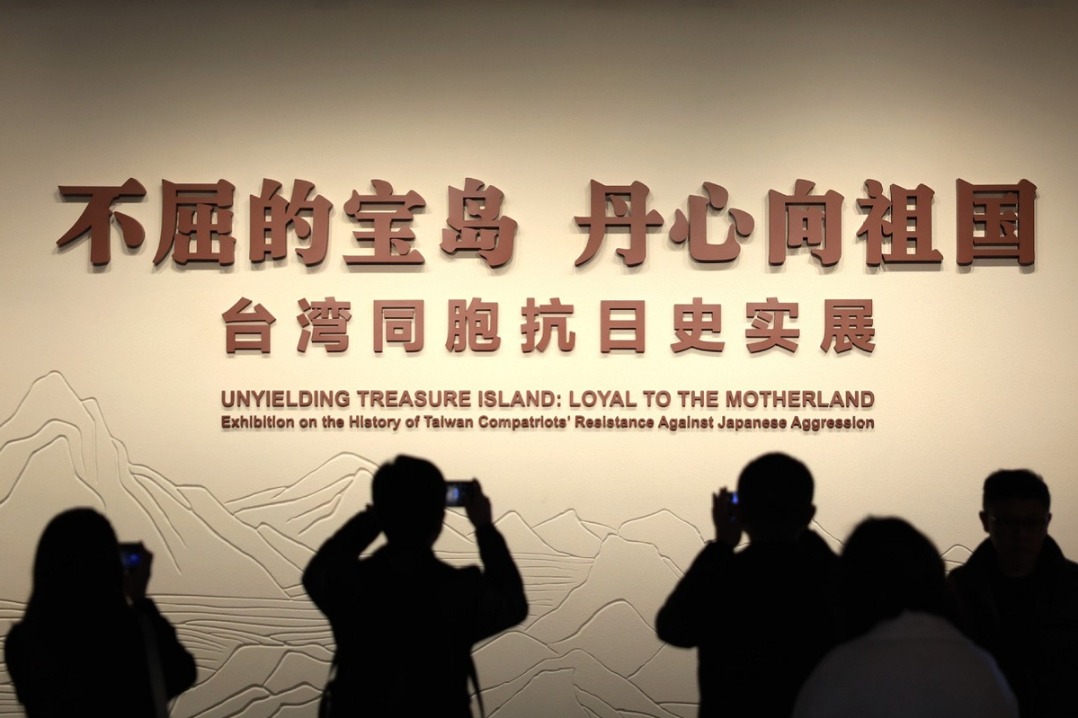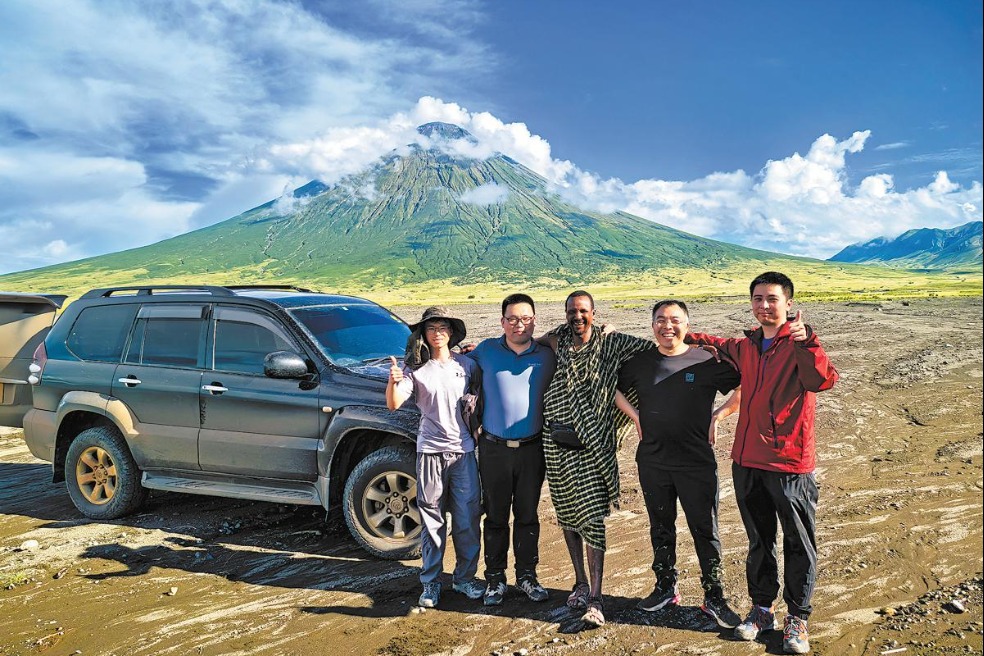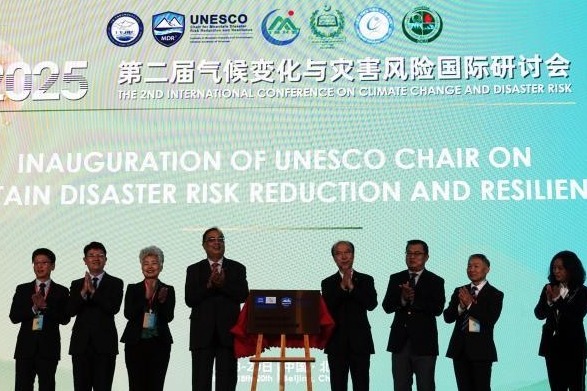Pioneering deep-sea mission ends

China's polar research team has completed the country's first-ever cooperative operation of deep-sea manned submersibles, significantly advancing collaboration and its capabilities in deep-sea conditions.
The team returned to port on Monday following a 98-day mission at sea, much of which was within the Arctic Circle.
The world's first ice-breaking manned deep-sea submersible support vessel, Tansuo 3, set sail on July 22 carrying the China-developed submersibles Fendouzhe and Jiaolong. The 15,000-nautical-mile mission was jointly organized by the Ministry of Natural Resources and the Chinese Academy of Sciences, with the Institute of Deep-sea Science and Engineering of the CAS serving as the leading institution.
During the expedition, the team operated in the Arctic Ocean for 56 days, navigating 1,989 nautical miles through ice-covered waters and conducting a series of scientific investigations and experiments. Its work included 43 dive missions using the Fendouzhe and China's first dive in the Arctic by the Jiaolong team.
Crucially, Jiaolong and Fendouzhe also conducted cooperative operations, including dual-submersible positioning searches, marker exchanges and underwater motion filming. The joint effort marked China's first-ever deep-sea manned submersible collaboration.
At the Arctic's central basin, where sea ice coverage exceeds 80 percent, the team undertook the world's first manned deep-sea exploration of Gakkel Ridge — the tectonic plate boundary between the North American Plate and the Eurasian Plate.
Over 29 days, Fendouzhe completed 32 dives, averaging more than nine hours of submerged operation and six hours of seabed work per dive, and reaching a maximum depth of 5,277 meters. The deep-dive operations spanned the polar day, polar night, ice melt and freeze-up periods, enduring high winds and extreme cold.
The expedition validated the operational capabilities and application value of the Fendouzhe and Tansuo 3 in polar ice-covered regions, achieving breakthroughs in a series of domestically developed support vessel and submersible technologies for deep-sea polar research.
The team has established operational protocols for the Fendouzhe under extreme polar conditions. In addition, it has pioneered a mobile ice-diving model featuring "support vessel-submersible coordination" in dense ice zones for precise navigation and safe ascent, expanding the operational window and exploration scope.
The collaborative effort cultivated a specialized polar deep-diving research team, making China the only nation worldwide to conduct continuous manned submersible operations in Arctic dense ice zones, thereby solidifying its global leadership in manned deep-sea technology.
Leveraging the high-precision and routine operational advantages of the Tansuo 3 and the Fendouzhe, the team collected a range of precious water, sediment, rock and biological samples, along with extensive observational data.
These will provide critical scientific support for studying rapid Arctic climate change, geological processes at the Gakkel Ridge under ultra-slow spreading conditions, as well as evolutionary and adaptive mechanisms of polar life.
limenghan@chinadaily.com.cn





































